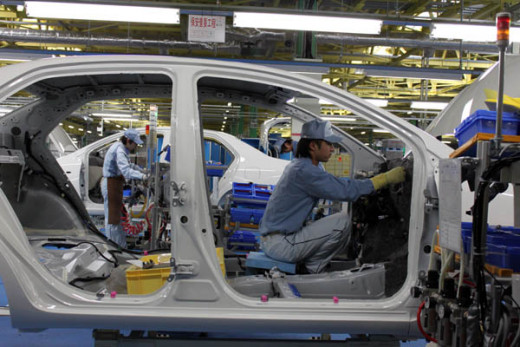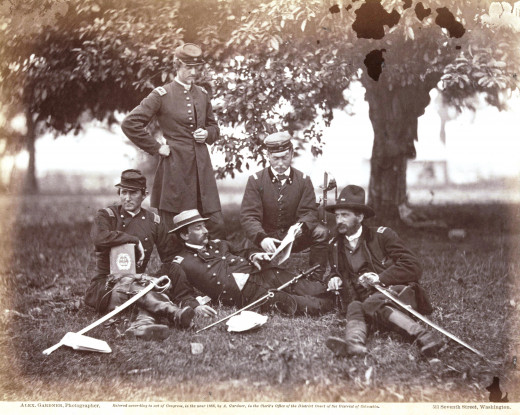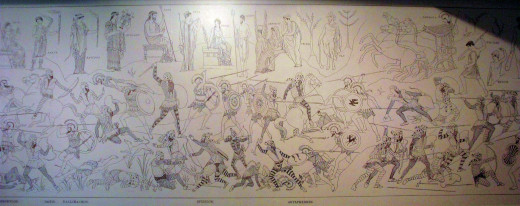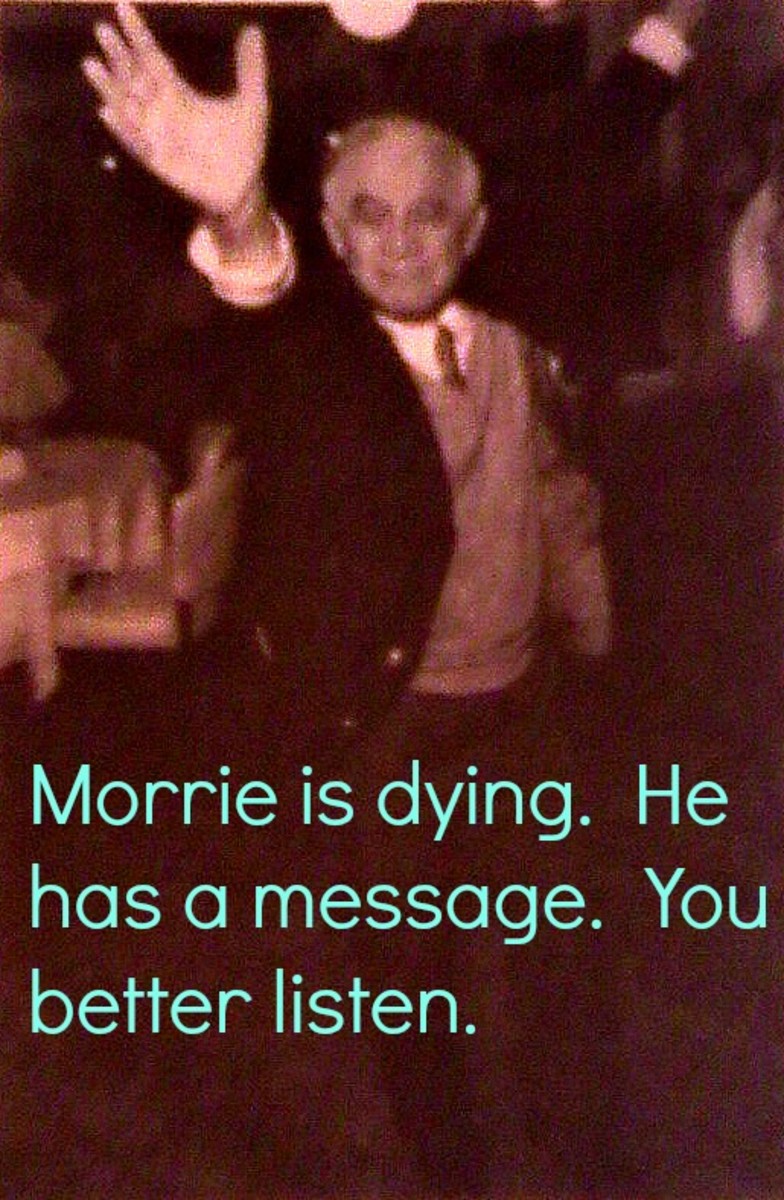Dr. Deming: The American Who Taught The Japanese About Quality - A Critique
“Why is anyone interested in his theories and ideas of management? Because they work!”
Rafael Aguayo, Dr. Deming: The American Who Taught The Japanese About Quality

Dr. Deming: The American Who Taught The Japanese About Quality details the philosophy of continuous improvement touted by Dr. William Edward Deming. Rafael Aguayo takes the reader through Deming’s theory, tenet by tenet, weaving together personal anecdotes and case studies to provide a case for implementation.
A central theme of the book is the level of quality of Japanese made products - from companies who have taken Deming’s advice - versus that of American made products. The reader learns that the old way, that is management by objectives, is the main cause of America’s falling behind Japan in quality and overall brand reputation.
The book succeeds in giving the reader the broad strokes of why Deming’s theory is superior to management by objectives; however, Aguayo makes many sweeping generalizations based on paltry evidence. These generalizations ultimately diminish his credibility and lessen the impact of the book. While Aguayo provides some salient examples of Deming’s practices at work, a seemingly equal amount of text is devoted to hypothetical situations and unsubstantiated extrapolations.

Deming's Theory At Work
Deming’s theory states: “As quality improves, costs go down and productivity increases. Quality and productivity can be continually improved” (Aguayo, 7). Deming recommended 14 standards for a successful organization. For example, he encouraged creating constancy of purpose toward improvement of products and services, instituting training and leadership, and driving out fear. Deming also championed breaking down barriers between departments, eliminating quotas, and eradicating slogans and exhortations (Aguayo, 124).
At times Aguayo does match specific examples to each tenet. For example, when discussing the necessity of eliminating quotas, Aguayo presents the case of a supermarket chain that implemented a quota system. The chain’s new policy only permitted a minute amount of shrinkage (less than one percent) and the manager found several ways - 59 of them - to meet said quota. Unfortunately, the quota resulted in a decline in quality and customer satisfaction and ultimately a loss of customers (Aguayo, 187).
Aguayo also provides a strong case for Deming’s first principle, “create constancy of purpose toward improvement of product and service” (124). He describes how American coffee makers in the 1950s had to choose between absorbing the increased price of coffee beans, or passing the cost on to their customers. The manufacturers elected to slowly change their coffee blends to include cheaper, lower quality beans. Eventually, consumption of American coffee began to decline, taking the reputation of American coffee with it (Aguayo, 126). Coffee makers did just the opposite of Deming’s first principle, which resulted in the aforementioned fiasco.
In perhaps the most striking illustration of management by objectives gone wrong, Aguayo presents the story of the Challenger disaster. The explosion of the shuttle was caused by the failure of rubber rings, rings that were apparently within specifications. Deming encouraged institutional increases in quality rather than reliance on inspections to achieve it. He would say that the issue was the system that allowed the rings to fail, and he would be correct: The fatal problem with the O rings was known as early as 1981, five years before the Challenger disaster.
The aforementioned examples are where Aguayo shines. He’s able to build a solid case with specific, real-life examples, convincing the average reader of the soundness of Deming’s theory. However, reading the text critically exposes Aguayo’s many sweeping generalizations and uncorroborated hypotheses.


Fear and Business
In Chapter 16, “Driving Out Fear”, Aguayo opens with a tale of a would-be child abduction. Aguayo and his friend are confronted by a stranger, from whom they ran faster than either had ever run before. He explains that fear was solely responsible for their exceptional performances, but decries the use of fear as an effective management tactic. Fear, he says, may produce greater efforts, but it does not produce greater results (Aguayo, 183). While this may in fact be true, the example Aguayo provides essentially negates this statement. Fear did produce greater results: Both he and his friend ran faster than they normally would have and successfully evaded their captor. Aguayo goes on to briefly address his childhood feat, commenting that life-threatening situations often produce surges of strength that help to remove oneself from the perceived threat. He argues that this newfound power does not translate well to business, and workers “may ship items that aren't ready to ship” or report “wrong numbers” out of fear (Aguayo, 184).
What evidence does Aguayo present to support these assertions? He provides very little direct support for his hypotheses and continues, declaring that “fear prevents people from thinking” and “robs them of pride and joy in their work and kills all forms of intrinsic motivation” (Aguayo, 184). Perhaps the reader agrees with these statements and can recall an event from his or her own life that supports them. Nevertheless, it isn’t the reader’s responsibility to prove Mr. Aguayo’s pronouncements. He transitions to a discussion of the use of fear in the military, citing how the Persians lost the 490 BC Battle of Marathon because of fear. He also quotes a passage from Sun Tzu’s The Art of War: “By moral influence I mean that which causes the people to be in harmony with their leaders, so that they will accompany them in life and unto death without fear of mortal peril.” (qtd. in Aguayo, 185)
Aguayo does eventually refer to an earlier example of how fear hinders workers. A bank executive threatened workers with probation if they reported more than two differences (discrepancies between the cash they should have according to accounting records and the cash they actually have at the end of the day) per month. Any worker who was on probation for three consecutive months would be terminated (Aguayo, 78). The tellers ended up eliminating differences - on paper. In reality, they simply weren't reporting differences and created a system for dealing with them without notifying management. Although these workers essentially reported “wrong numbers” out of fear, there is no evidence to support any more of Aguayo’s assertions, such as fear prevents people from thinking and kills all forms of intrinsic motivation.

On Competition
Aguayo devotes a great portion of the text to eschewing traditional competition. He comes close to providing conclusive evidence for the superiority of cooperation:
- “Morton Deutsch tested the proposition that tasks are better performed under various reward systems in a series of six experiments with Columbia University students. Among the possible reward systems were a winner-take-all system, a distribution proportional to accomplishment, and an equal distribution...when the tasks required that the students work together...the reward system did make a difference. A system of equal reward gave the best results and the competitive winner-take-all system gave the poorest.” (Aguayo, 192)
- “Work done by Morton Goldman, Abaineh Workie, and others found that high school and college students were more effective when they were cooperating rather than competing.” (Aguayo, 192)
- “A comprehensive review of the literature by David and Roger Johnson and their colleagues in 1981 examined 122 studies. In the overwhelming number of cases cooperation was found to promote higher achievement than competition or independent work.” (Aguayo, 193)
The presentation of this information leaves a bit to be desired. Yes, perhaps in the interest of space Mr. Aguayo thought it best to briefly describe each study and review. However, there are several material omissions that diminish the impact of their inclusion. For instance, in how many cases was cooperation found to promote higher achievement than competition? How many students were observed across the studies done by Goldman and Workie? How many participated in the experiments at Columbia? The answers to these questions are far from inconsequential. Reliability refers to the repeatability of a result, that is, how likely are we to get the same result across studies with the same variables? More importantly, how externally valid are these results? Can the results be applied to the real world? Unfortunately Aguayo consistently applies them [to the world], though devoid of substantial proof.
Further Conjecture
It is obvious that Aguayo holds Dr. Deming in high regard. He speaks of Deming with love and esteem throughout the book. While this is a joy to read, it may explain Aguayo’s tendency to gloss over much of his evidence and omit information that could possibly raise questions about Deming’s teachings. In one passage, Aguayo refers to Deming as having “more experience with consumer research than anyone living” (210). How does Aguayo know this? It is one thing to speak highly of a mentor. Describing said mentor as having more experience in his field than any other living person borders on hyperbole.
Aguayo makes other generalizations throughout the text. Based on the results of a 1954 study conducted at one employment agency, Aguayo says that “there is something other than the way people are compensated that helps determine how they act—their system of beliefs” (197). Whether this is true or not is not the issue. The problem lies in Aguayo’s extrapolation from a study done at one company. Yes, these employees are motivated by something other than their compensation. However, the results are not necessarily externally valid, that is, applicable to people outside this organization.
Ironically, Aguayo challenges Adam Smith’s notion that competition is always beneficial. He says that to disprove Smith’s theory, he “just need(sic) one counterexample” (Aguayo, 221). By the same token, the reader would simply have to find one example that contradicts any of Aguayo’s assertions to negate it.
In sum, Aguayo’s treatment of Dr. Deming’s theory is somewhat effective. His fluid, expressive writing style makes the book an enjoyable read. He is obviously familiar with Deming’s theory and is able to relay it clearly to the reader, evidencing his understanding and mastery. Where Aguayo flounders, though, is in his reliance on anecdotes and assumptions as support for Deming’s theory. The issue is not that Deming’s theory does not work or is unproven - it has been proven across many industries and countries - rather the issue lies in Aguayo's attempts at supporting the theory, which is the goal of his book. Had Aguayo chosen to compare a Deming company with a non-Deming company in each chapter or for each of the 14 points, he would have constructed a near flawless argument.
Works Cited
Aguayo, Rafael. Dr. Deming: The American Who Taught The Japanese About Quality. Secaucus, NJ: Carol Pub. Group, 1990. Print.




